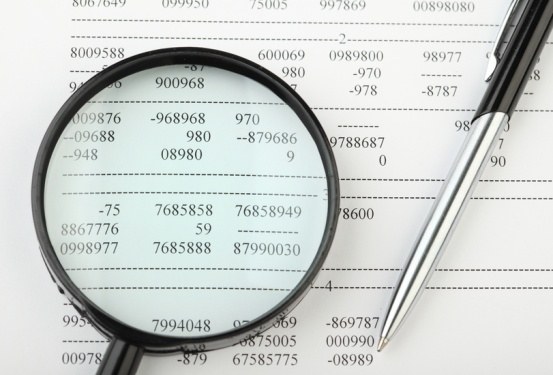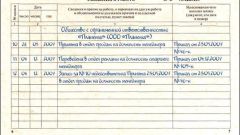Instruction
1
Before you make corrections in any primary document, find out whether it is possible to adjust at all. There are some forms in which corrections are not allowed, e.g., Bank and cash documents. Also, you cannot make changes to the founding documents.
2
To make corrections to any primary document (e.g. an invoice), re-verify information. Draw a line through the incorrect data with a single slash, and so that it is possible to read incorrect information.
3
Next to inaccurate data, enter the correct information. Next to it write "fixed to (specify new text)," check the date on the adjustment record. Be sure to specify the position and data (surname and initials) of the employee who made the change. He should be put next to the signature. Further down the document again signed by those persons who made changes.
4
In any case, not glossed over with corrective pencil and don't erase incorrect entry. Remember that the document must be completed accurately and without "dirt".
5
If you notice errors in the cash document (credit cash order, a receipt or other), destroy this form. Forms of strict accountability void, that is, draw a line through the great feature of all the information, and then on top write "Cancelled". Such "unnecessary" documents, keep files.
6
To make changes, agree them. For example, if you notice an incorrect entry in the invoice, discuss the adjustments with the counterparty, at the address which sent the document. In this case, changes are made in two copies: one that is among you, and in the instance of the company. Changes seal of the organization.




